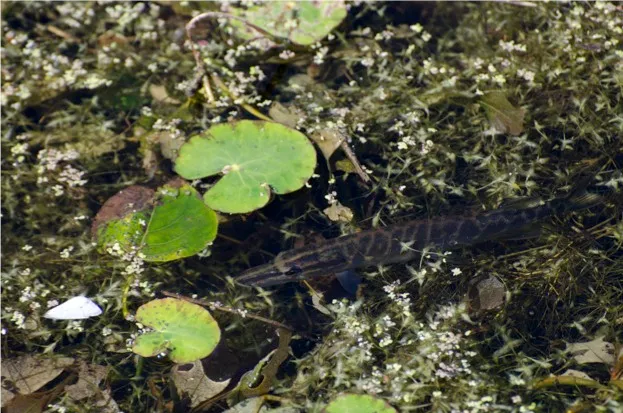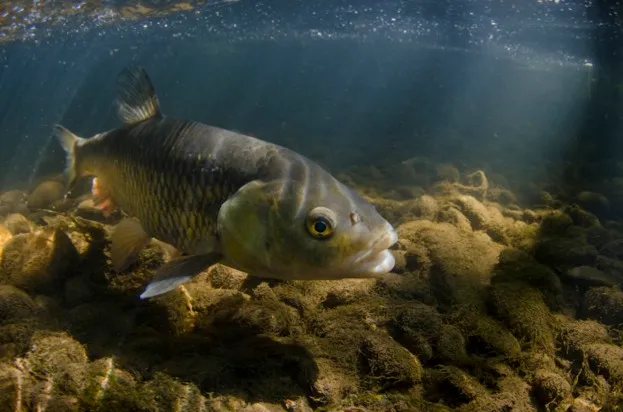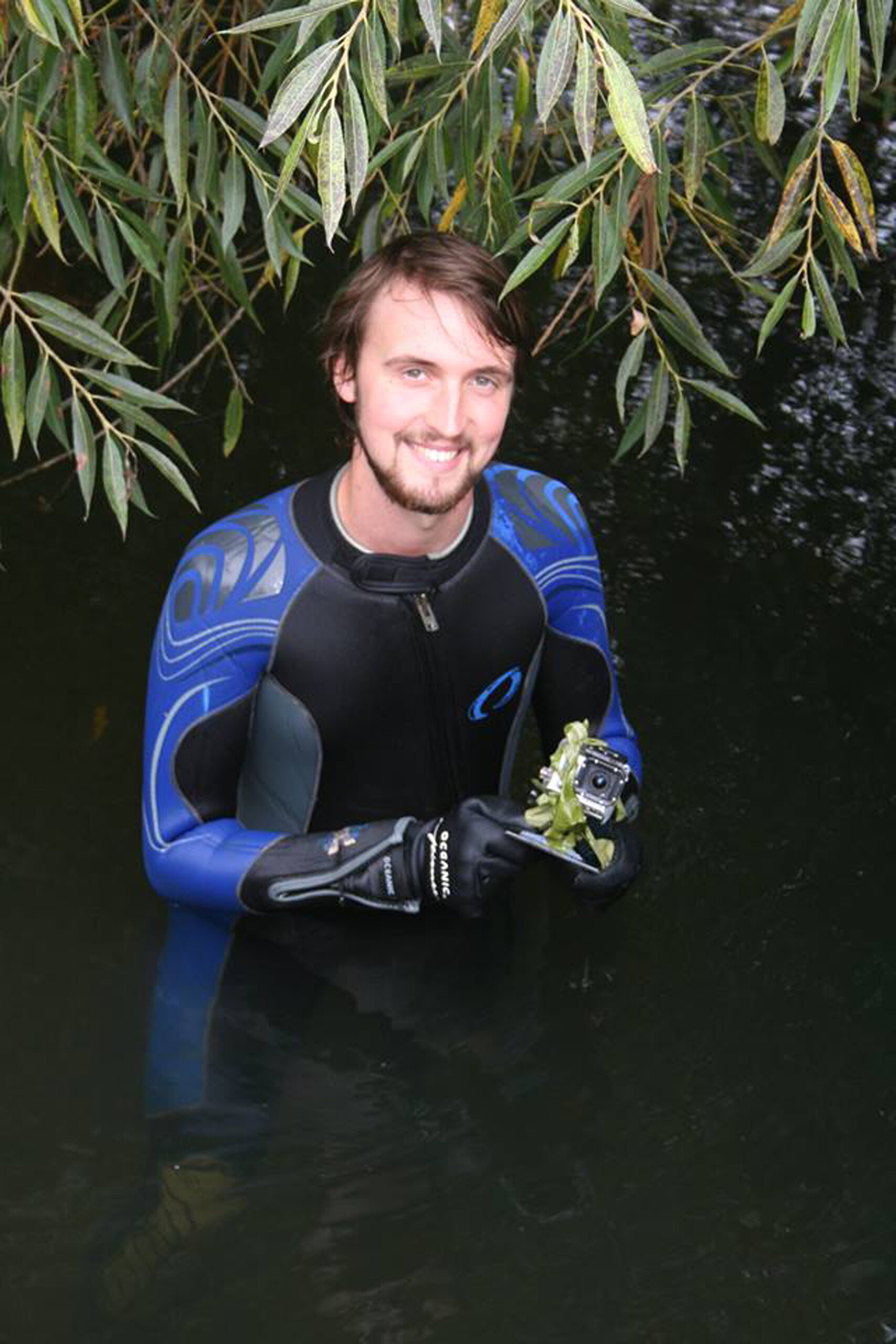When walking along a wetland nature reserve or riverbank our eyes are often fixated on the skyline but for freshwater fish photographer Jack Perks they are focused on the water.
There are about 54 species of freshwater fish in the UK, which are found in a variety of habitats, including ponds, ditches, canals, lakes and rivers.
“Fish are tricky to photograph if you don’t fancy going for a dip, but not impossible,” says Jack. Below the lenman shares his best advice on how to capture that rewarding image.
1. Be aware of the jump
Atlantic salmon are the fish we most associate with jumping but most salmonids will jump when there’s obstacle in there way.
2. Get your timing right
In the autumn (late sept to early November depending on where you live) salmon will gather under waterfalls and fish passes on rivers and go for ‘the jump’.
3. Pack the right kit
A zoom lens gives the fish plenty of room while still being able to follow it through the air. Salmon and trout will often use the same area to jump so once you work this out you can fix the focus of the camera and put it on a tripod ready to capture the action.

4. Know your topside view
This is the view most of us get of fish when we are walking along a canal or pond. Carp, pike and rudd will regularly sun bathe on warm days while on the look out for food.
5. Use a polarising filter
This filter is really important when photographing freshwater fish as it cuts out the glare and reflections and gives you a much better view of the species in the water.
6. Include your surroundings
Incorporate habitat into your image, such as weeds or logs to give the photo context and scale.
7. Tread carefully
Fish have a sixth sense and are spooked easily so move slowly, wear dull colours and use a longer lens so you don’t have to get too close to them.

8. Go under
If you’re feeling adventurous take a dip with the fish and see life from their point of view. Scuba diving or snorkelling allows you to capture angles that will help create the perfect image.
9. Submerge a tank
By using a fish tank and remote trigger on your camera you can make a ‘budget’ underwater camera and get views of the fish in shallow water where most of the light is.
10. Try out a pole cam
Smaller compact cameras and GoPros can be attached to a pole and used to see what is lurking below the surface in ponds and rivers.
